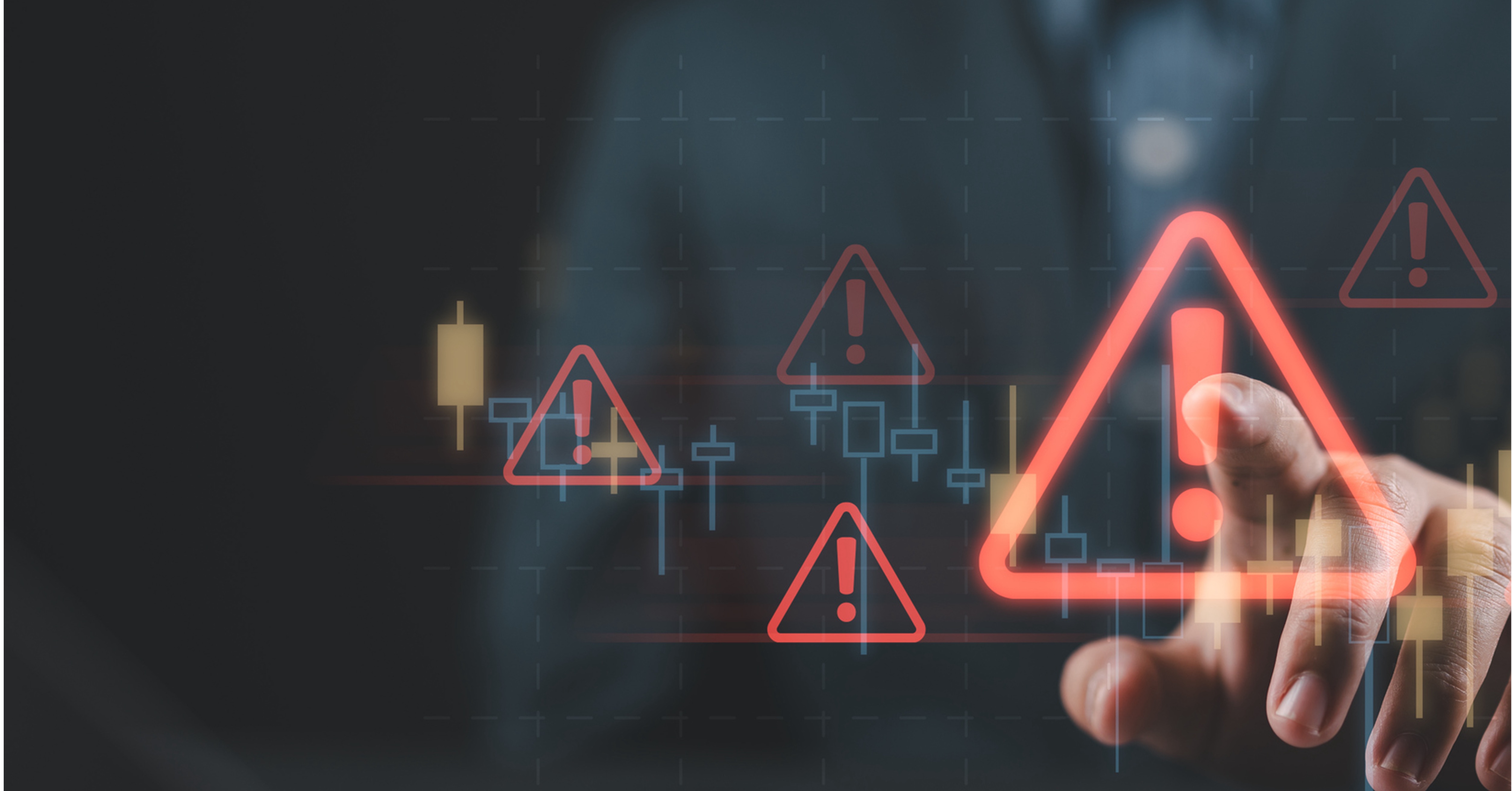CCC News & Insights

Thank you! Your submission has been received!
Oops! Something went wrong while submitting the form.


Insights
4 MIN READ
United Against Auto Claims Fraud: Why Carriers Must Work Together
November 20, 2025


Blog
4 MIN READ
Run My Business: What Every Collision Shop Should Know About Review Responses
November 10, 2025


Crash Course
6 MIN READ
Where the Repair Dollar Goes Now: A Primer on Tariffs, Parts, Freight, and Consumer Behavior
November 10, 2025


News
3 MIN READ
CCC Intelligent Solutions and OEC Announce Integration to Streamline Collision Repair Workflows
November 3, 2025


News
CCC Expands Relationship with Opus IVS to Deliver ADAS Insights to Collision Repairers
October 30, 2025
No results found
Try adjusting or clearing your filters.






















